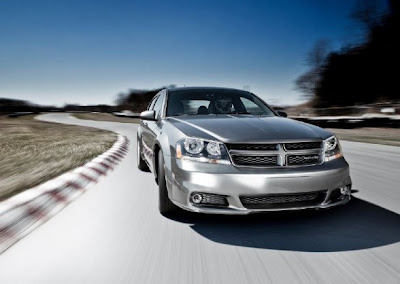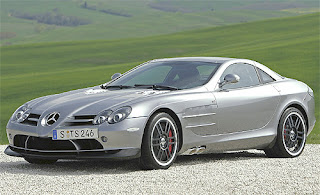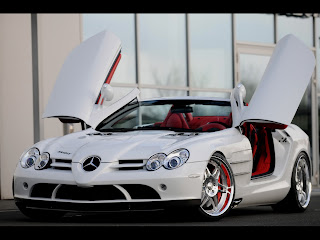Monday, July 25, 2011
Sunday, July 24, 2011
Ford Focus Review
One of Alan Mulally’s objectives since becoming CEO at Ford in 2006 has been to develop products on a worldwide basis. This sounds familiar, if only because another Ford CEO, Alex Trotman, did the same thing back in the 1990s. This approach resulted in products such as the Contour (not a rip-roaring success) and the original Focus (which was).
In between the Focus going on sale in the U.S. as a 2000 model and Mulally taking over, product development in Europe and North America took off in different directions. Hence, Europe was rewarded with a heavily reworked second-generation Focus in 2004. The next year, North America got a warmed-over version of the first-gen Focus sedan and hatchback.
Starting in early 2011, the Focus in both North America and Europe will be the same vehicle. This is to be applauded because there was a big gap between the European Focus and the machine sold here. The European car improved on the basic goodness of the original, with better interior quality and driving dynamics. The U.S. car essentially stayed put: The original Focus was good enough to be a C/D 10Best winner, but the competition moved on, leaving the current version dead last in a recent small-car comparo.
The 2012 Focus certainly looks terrific, especially in five-door form. The engineers and designers felt able to make the Focus sportier (by lowering its seating position and overall height) due to the upcoming C-Max—a tall-roof, five- or seven-seat derivative off this platform—that fulfills the family-car mission. Compared with the current U.S. Focus, the new car is 0.5 inch lower (at 58.1 inches tall) and 3.0 inches longer (178.0 inches overall), and it has a 1.3-inch-longer wheelbase (104.2 inches). The 2012 model’s dimensions are close to the current Euro car’s, save for a wider track and lower stance.
Sports Cars Galery Photos
 |
Stylish, sexy, sleek, streamlined, spirited and speed demon are all words used to describe sports cars, which are essentially two-door automobiles that are designed for high speeds, great power and smashing good looks. The manufacture of the modern-day sports car began only after 1945, when the economy started booming, technology developed dramatically and better roads were being built. They came in various shapes like convertibles, roadsters, coupes, grand tourers and sedans. Sports-car lovers are either devoted to timeless classics that have been souped up for current times, or are trendsetters looking for the latest kind of exotic car.
From powerful purring beauties like the Mercedes Benz SLK 350 to thundering thrillers like the Ford Mustang V-8, you can choose a sports car that matches your personality. In fact, sports cars are as much about personality as they are about performance - smooth aerodynamic bodies of carbon fiber, chrome pipes and fittings, rich leather upholstery, wide wheels, shiny wooden panels and snazzy paint jobs.
Different brands of sports cars adopt different principles of design. Some cars may be light in order to achieve greater acceleration, others may boast of extremely powerful engines for better car handling and performance, while still others may stress safety and comfort rather than style. The majority of contemporary sports cars have front-wheel drives as opposed to rear-wheel drives, which were more common in the earlier generation of sports cars. Many cars also have the engine in
the center, driving the rear wheels, which is unique to sports cars. In these cars, the engine is placed behind the driver, at the middle of the chassis. Porsche is the only sports car that has the engine mounted at the rear, driving the rear wheels. This aspect is a crucial part of car design, as it affects the maneuverability or handling of the car, which is critical at high speeds.
The most well known brands today are Ferrari, Porsche, Lotus, Lamborghini, Bugatti, Aston Martin, Alfa Romeo, Maserati and Triumph. Companies which manufacture other cars also make some sports models; prominent among these are Ford, Toyota, Honda, Chevrolet, Mitsubishi, Mazda, and Nissan. Today, the design and manufacture of sports cars is becoming more specialized and competitive, with newer, more attractive designs and a higher degree of technical sophistication being utilized.
Wednesday, July 20, 2011
Subscribe to:
Comments (Atom)








































